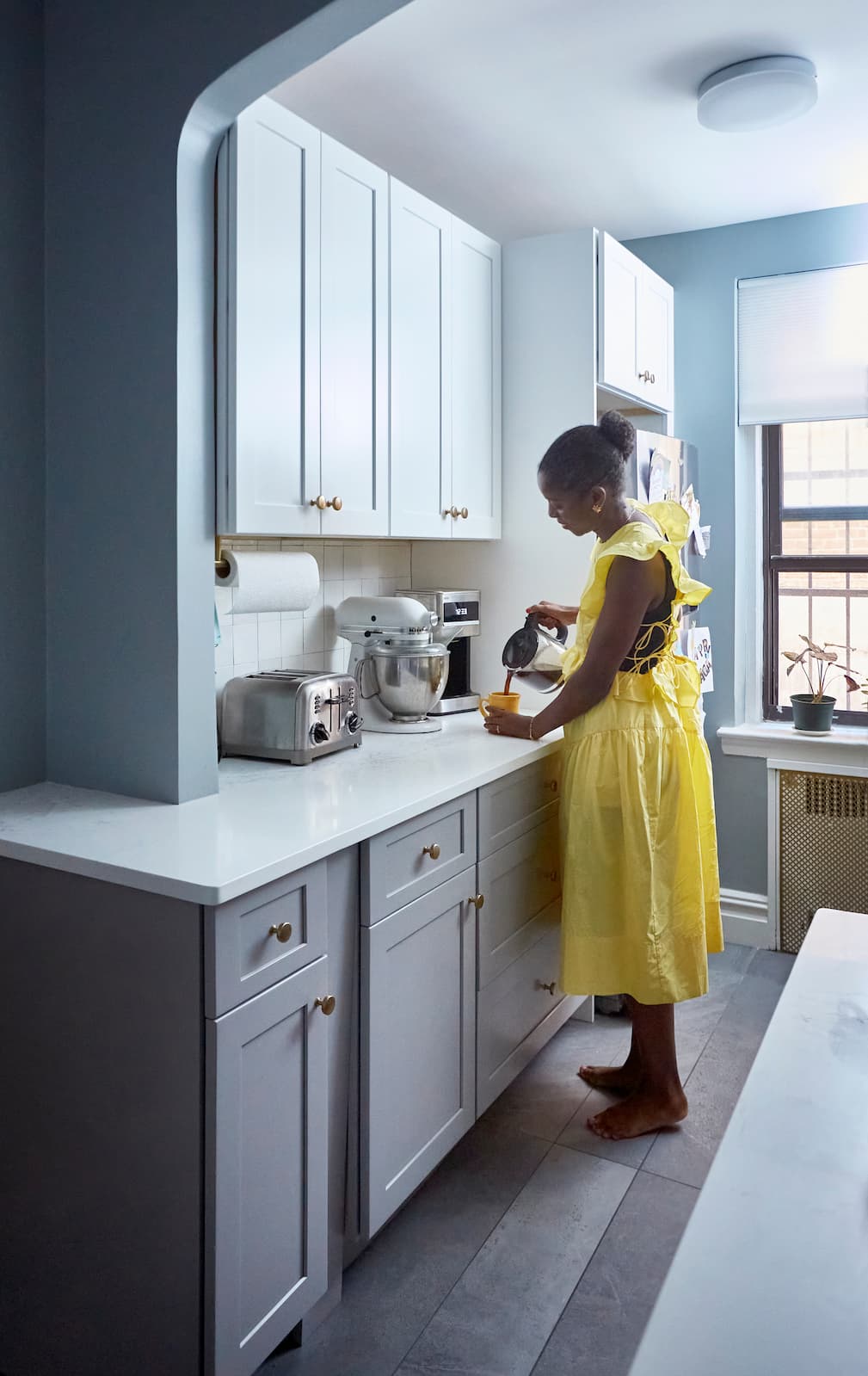
ceiling
Skylight Design and Costs for Adding or Replacing
11.22.2025


In This Article
When your ceiling starts showing signs of wear, it’s more than just an eyesore. Left unchecked, these issues can lead to bigger problems and higher costs.
Understanding how ceiling repairs and replacements actually work—from basic drywall to more complex finishes—helps you plan with confidence. Whether you’re fixing a single patch or replacing the entire ceiling, knowing what drives cost puts you in control from the start.
Ceiling repair costs can range from minor touch-ups to more involved restoration, depending on the problem and the materials involved. On average, homeowners spend between $300 and $1,200 for ceiling repairs, but the final price depends on several key factors.
Know the Cost Before You Start

|
Repair Type |
Typical Cost Range |
Notes |
|
Small patch/crack |
$150 – $400 |
Quick fix, minimal labor |
|
Water damage repair |
$400 – $1,200 |
May require mold treatment |
|
Sagging ceiling fix |
$500 – $1,500 |
May need structural work |
|
Plaster restoration |
$500 – $2,000 |
Skilled labor required |
Sometimes, repairs aren’t enough. If your ceiling has extensive water damage, persistent sagging, mold growth, or repeated issues that keep coming back, replacement may be the best solution. A new ceiling not only restores safety and comfort but can also refresh the look and value of your home.
The cost to replace a ceiling typically falls between $1,200 and $3,500. However, this number can go higher for larger spaces or custom designs.
The cost to drywall a ceiling is usually $2 to $4 per square foot, including materials and labor. Most ceiling replacements take 2–5 days, depending on the complexity and drying times for mudding and paint.
Before a new ceiling can be installed, the old one must be removed. Demolition and disposal costs can span from $200 to $800, depending on the size of the room and the type of material being removed. If hazardous materials like asbestos are present, expect higher costs.
|
Replacement Type |
Typical Cost Range |
Notes |
|
Standard drywall |
$1,200 – $3,500 |
Includes removal, install |
|
Vaulted/tray ceiling |
$2,500 – $6,000+ |
More labor, custom framing |
|
Specialty finishes |
$3,000 – $8,000+ |
Wood, metal, coffered, etc. |
|
Demolition/disposal |
$200 – $800 |
May increase for hazardous |
Some ceiling upgrades are worth the investment, but they do come with higher price tags. Here’s how specific design choices can impact your costs, regardless of whether you’re making repairs or replacing the ceiling entirely:
A ceiling replacement or full-room remodel is an ideal opportunity to rethink your ceiling design and add personality to your space. For inspiration and unique possibilities, check out Creative Ceiling Design Ideas for Every Home.
Spotting ceiling issues early can save you time and money. Watch for these signs that your ceiling may need repair or replacement:
If you notice any of these, it’s wise to consult a professional before the problem gets worse.
Design a Home That’s Uniquely Yours
Block can help you achieve your renovation goals and bring your dream remodel to life with price assurance and expert support.
Get Started
Proactive ceiling work protects your home and ensures lasting quality. Block Renovation connects you with experienced contractors who know how to handle everything from minor repairs to full ceiling replacements. Our team provides clear guidance, transparent pricing, and steady support, so you can move forward with your project knowing every detail is covered.

Written by Block Renovation
What ceiling repairs are DIY-approved?
Who should I hire for ceiling repairs or replacement?
How do I know if my ceiling has asbestos?
Can new ceiling insulation help with energy bills?
What’s the best way to maintain my ceiling after repairs or replacement?

Renovate confidently with Block
Easily compare quotes from top quality contractors, and get peace of mind with warranty & price protections.
Thousands of homeowners have renovated with Block

4.5 Stars (100+)

4.7 Stars (100+)

4.5 Stars (75+)

ceiling
Skylight Design and Costs for Adding or Replacing
11.22.2025

Bathroom
Slanted Roof Bathrooms and Shower Design Ideas
11.22.2025

ceiling
How to Raise Ceiling Height: Tips & Contractor Advice
11.22.2025

Cost
How Much Does a Bathroom Addition Cost?
09.26.2025

ceiling
Inspiring Kitchen Ceiling Ideas
09.18.2025
Renovate confidently